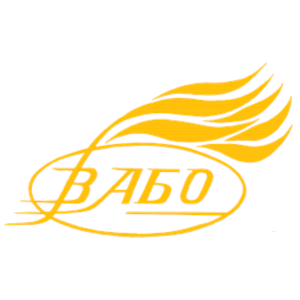RESULTS OF EXPERIMENTAL VERIFICATION OF THE MODEL OF BLENDED LEARNING FOR PROFESSIONAL TRAINING OF FUTURE TELECOMMUNICATIONS SPECIALISTS
DOI:
https://doi.org/10.32782/academ-ped.psyh-2023-4.08Keywords:
blended learning, students, information and communication technologies, educational process, telecommunications, digitalizationAbstract
Abstract. In the article, the author discusses the results of experimental testing of the model of blended learning for the professional training of future telecommunications specialists. The influence of different components of the model on the learning outcomes of second – to fourth-year students of the Kyiv Professional College of Communications, National Aviation University, Vinnytsia Technical Professional College, Kyiv Electromechanical Professional College is investigated. It has been determined that the most effective training was the training with the author’s developed model, which included a combination of traditional classroom training, where practical work was mainly performed and the assimilation of materials with distance learning using online author’s courses, in particular through Youtube, webinars and other distance technologies. The purpose of the article is to study the effectiveness of the blended learning model of professional training of future telecommunications specialists. The research methodology is based on the analytical method, which was used to collect and analyze the learning outcomes of students of both groups: control and experimental groups of Kyiv Professional College of Communications, National Aviation University, Vinnytsia Technical Professional College, Kyiv Electromechanical Professional College. The scientific novelty is that for the first time the effectiveness of the author’s model of blended learning for future specialists in the specialty 172 – Electronic Communications and Radio Engineering was studied. Conclusions. The results of the study showed that students who studied according to the author’s model of blended learning achieved better results compared to students who studied using blended learning technologies without the author’s model. In particular, the experimental group showed better results in mastering theoretical knowledge, the ability to apply it in practice and in solving professional problems.
References
Білецький В. В., Войтович І. С., Апшай Ф. В., Теліш І. С. Інформаційно-комунікаційні технології в умовах змішаного навчання. Наукові записки. Серія: Педагогічні науки. 2021. № 208. Ст. 91–97. URL: doi.org/10.36550/2415-7988-2023-1-208-91-97
Квятковська А. Модель змішаного навчання майбутніх фахівців з телекомунікацій як засіб підвищення рівня професійної підготовки. Педагогіка формування творчої особистості у вищій і загальноосвітній школах. 2023. № 89. URL: doi.org/10.32782/1992-5786.2023.89.19
Литвинов А. С. Педагогічний провайдинг інновацій в освіті : навч. посіб. 2019. С. 134.
Рашевська Н. В. Мобільні інформаційно-комунікаційні технології навчання вищої математики студентів вищих технічних навчальних закладів : автореф. дис. … канд. пед. наук: спец. 13.00.10 «Інформаційно-комунікаційні технології в освіті». Київ . 2011. 21 с.
Собченко Т. Змішане навчання: поняття та завдання. Педагогіка формування творчої особистості у вищій і загальноосвітній школах. 2021. № 75. URL: doi.org/10.32840/1992-5786.2021.75-3.14
Фiцула М. М. Педагогіка вищої школи : навчальний посібник. Київ : Академвидав. 2006. 352 с.








